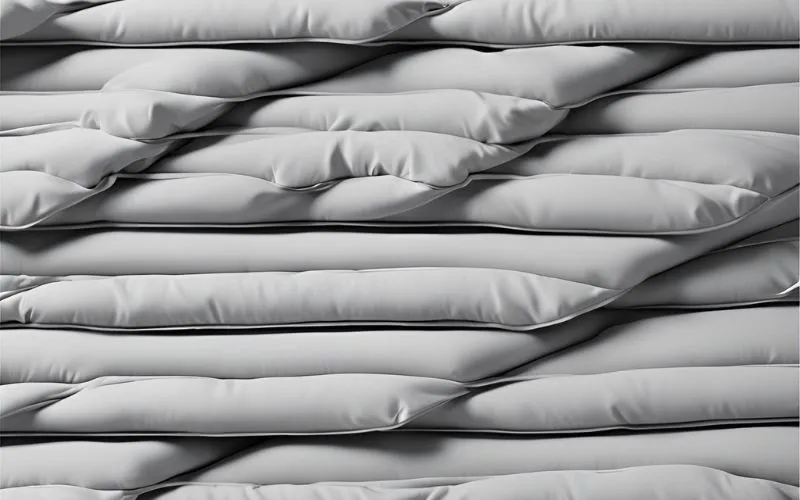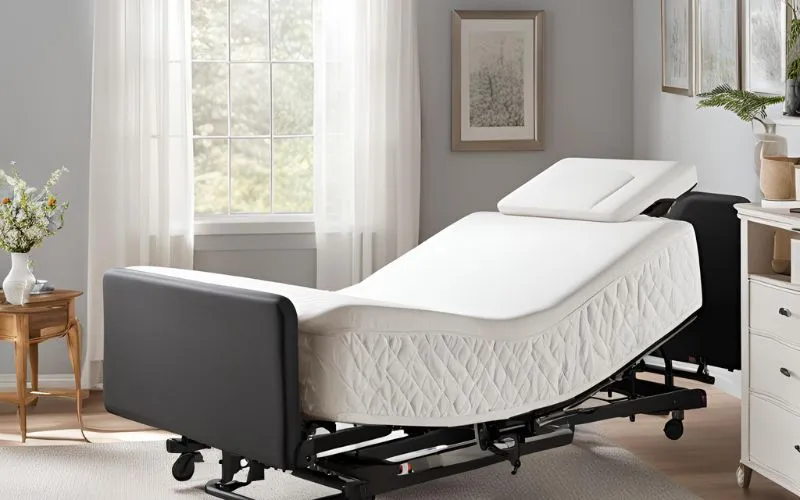Top Tips for Using Adjustable Beds for Pain Relief

Introduction
Adjustable beds have gained immense popularity for their potential to alleviate pain and provide improved comfort while sleeping. Individuals experiencing back pain, neck pain, or other discomforts often find relief by incorporating adjustable beds into their sleep routine. In this article, we will explore the various ways adjustable beds can be used to manage and relieve pain, offering useful tips and insights for better sleep and overall health.
Understanding Adjustable Beds for Pain Relief
How Do Adjustable Beds Help Relieve Pain?
Adjustable beds provide a range of therapeutic benefits that contribute to pain relief and improved comfort during sleep. Here are some key ways in which adjustable beds help relieve pain:
- Customizable Body Elevation: Adjustable beds offer the flexibility to elevate the upper body, lower body, or both, providing relief from specific pressure points and helping to alleviate discomfort.
- Pressure Relief for the Spine: By adjusting the bed to a suitable position, individuals can experience reduced pressure on the spine, which is beneficial for conditions such as herniated discs and degenerative disc disease.
- Enhanced Circulation: Elevating the legs on an adjustable bed promotes better blood flow and reduces the risk of swelling, particularly for individuals with circulatory issues or those recovering from surgery.
- Improved Muscle Relaxation: The adjustability of the bed allows for optimal positioning of the body, leading to improved muscle relaxation and reduced tense areas, ultimately contributing to pain relief.
- Alleviation of Sleep-Related Discomfort: Adjustable beds can aid in addressing a variety of sleep-related discomforts, such as back pain, sciatica, sleep apnea, and acid reflux, by promoting better sleep posture and alignment.
Types of Adjustable Beds
- Manual Adjustable Beds: These beds have a simple mechanical design that allows users to adjust the head and foot sections using a hand crank.
- Automatic Adjustable Beds: Also known as electric adjustable beds, these models feature remote-controlled adjustment for enhanced convenience and ease of use.
- Split King Adjustable Beds: This type of bed consists of two separate mattresses, each with individual controls, making it ideal for couples with different sleeping preferences.
- Zero Gravity Adjustable Beds: These beds are designed to simulate the sensation of weightlessness by positioning the body in a way that reduces pressure on the spine and promotes relaxation.
- Wall-Hugger Adjustable Beds: These beds are designed to maintain proximity to the bedside table, ensuring that the user can easily access personal items while adjusting the bed position.
Factors to Consider When Choosing an Adjustable Bed
- When selecting an adjustable bed for pain relief, several key factors should be taken into consideration:
- Mattress Compatibility: Ensure that the adjustable bed is compatible with various types of mattresses, including memory foam, latex, and hybrid mattresses. This factor is crucial as it directly impacts the overall comfort and support provided by the bed.
- Adjustability Range: The range of adjustability determines the positions in which the bed can be angled. Look for a bed with a wide range to accommodate diverse sleep preferences and alleviate specific areas of discomfort.
- Motor Reliability: The reliability and performance of the motor system are essential for seamless adjustments and long-term durability. Choose an adjustable bed with a robust motor that operates quietly and smoothly.
- Warranty Coverage: Assess the warranty offered by the manufacturer, which should include comprehensive coverage for the bed’s components, electronics, and mechanical parts. A reliable warranty provides assurance and protection against potential malfunctions.
- Additional Features: Consider additional features such as massaging functions, under-bed lighting, USB charging ports, and programmable memory settings. These features can enhance the overall relaxation and comfort provided by the adjustable bed.
Tips for Using Adjustable Beds for Pain Relief
Ideal Sleeping Positions for Pain Relief
Using an adjustable bed for pain relief involves discovering the most suitable sleeping positions that alleviate discomfort and promote spinal alignment. Elevating the upper body slightly and adding a slight bend to the knees can relieve pressure on the lower back and enhance circulation. Additionally, elevating the lower body can aid in reducing pressure on the lower spine and alleviate discomfort associated with conditions such as sciatica.
- Back Sleeper: If you prefer sleeping on your back, try placing a pillow under your knees to maintain the normal curve of your lower back.
- Side Sleeper: For those who sleep on their side, placing a pillow between the knees can help maintain proper alignment of the spine, relieving pressure on the hips and lower back.
- Stomach Sleeper: If you are a stomach sleeper, consider using a very thin pillow or no pillow at all to reduce strain on your neck and spine.
It’s important to note that individual comfort preferences and specific health conditions can influence the choice of sleeping positions. For example, individuals with acid reflux or heartburn may benefit from sleeping in a slightly elevated position to prevent discomfort.
Using Pillows and Supports
Strategic placement of pillows and supports can complement the benefits of an adjustable bed for pain relief. Placing a pillow under the knees while in a reclined position can reduce lower back strain, while a supportive pillow beneath the neck and head can maintain proper alignment and alleviate neck pain. Furthermore, lumbar support cushions can provide targeted relief for the lower back, enhancing overall comfort during sleep.
Utilizing Massage and Heat Therapy Features
Utilizing Massage and Heat Therapy Features
- Massage Therapy Benefits:
- Gentle massage functions can promote blood circulation
- Reduce muscle stiffness
- Provide relief from pain and discomfort
- Heat Therapy Benefits:
- Soothe sore muscles
- Improve flexibility
- Contribute to a more restful and rejuvenating sleep experience
Adjustable beds with massage and heat therapy features have numerous benefits for individuals seeking pain relief and enhanced relaxation. These features provide a multifaceted approach to addressing musculoskeletal discomfort and promoting overall well-being. Here’s a closer look at the advantages of utilizing massage and heat therapy functions:
Massage Therapy Benefits:
1. Promotion of Blood Circulation: The gentle massage functions of adjustable beds stimulate blood flow throughout the body, aiding in the distribution of oxygen and nutrients to muscle tissues. This can help alleviate tension and reduce the risk of muscle cramps.
2. Reduction of Muscle Stiffness: The rhythmic movements of the massage mechanism can help loosen tight muscles and reduce stiffness, which is especially beneficial for individuals with musculoskeletal conditions such as fibromyalgia and arthritis.
3. Relief from Pain and Discomfort: The soothing motions of the massage feature can provide relief from localized pain, such as backache and joint discomfort, promoting a more comfortable and restful sleep experience.
Heat Therapy Benefits:
1. Soothing Sore Muscles: The application of heat to targeted areas can alleviate muscle soreness and tension, promoting relaxation and reducing the impact of daily physical strain.
2. Improvement of Flexibility: Heat therapy helps improve the flexibility of muscles and joints, making it easier to move and engage in daily activities while reducing the risk of injury.
3. Restful and Rejuvenating Sleep Experience: The comforting warmth provided by heat therapy contributes to a more serene and rejuvenating sleep environment, helping individuals wake up feeling refreshed and invigorated.
By incorporating massage and heat therapy into their sleep routines, individuals can experience relief from musculoskeletal discomfort, improved physical flexibility, and a heightened sense of relaxation. These features not only enhance the functionality of adjustable beds but also contribute to improved overall well-being, making them valuable additions to any sleep environment.
Conclusion
Adjustable beds offer a versatile and effective approach to managing pain and enhancing sleep quality. By understanding the benefits of adjustable beds for pain relief and implementing practical tips for their optimal use, individuals can experience improved comfort, reduced discomfort, and better sleep overall. As the popularity of adjustable beds continues to rise, their potential to positively impact pain management and sleep health is increasingly recognized and appreciated.




